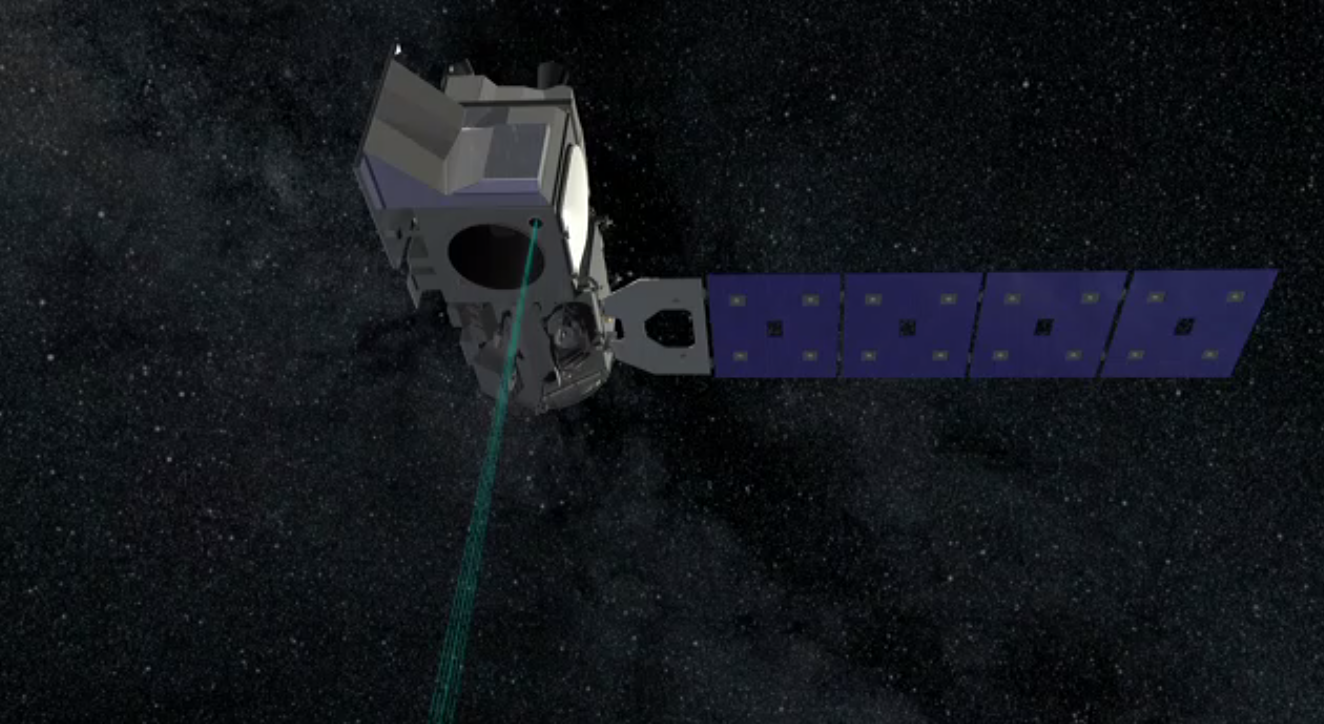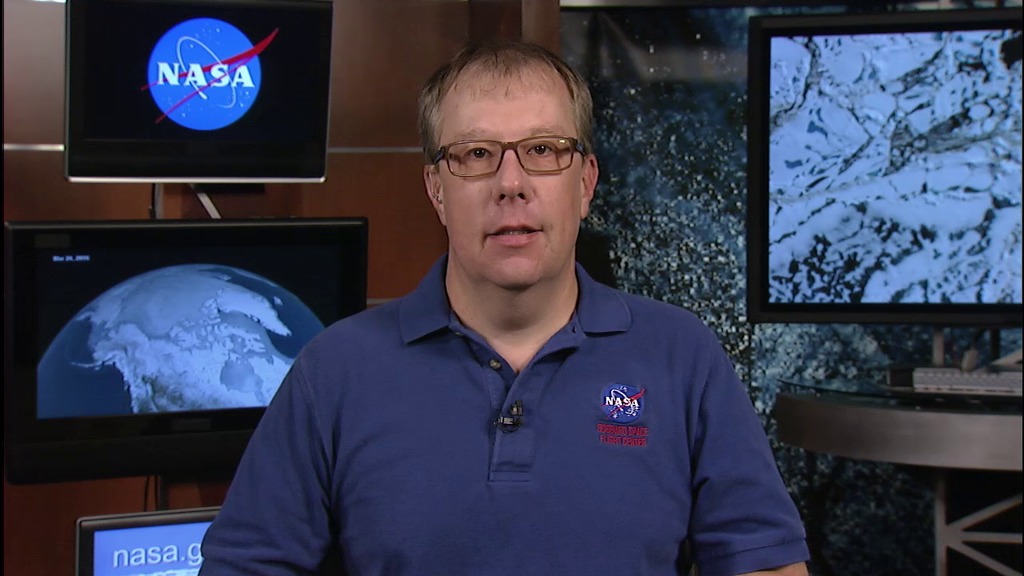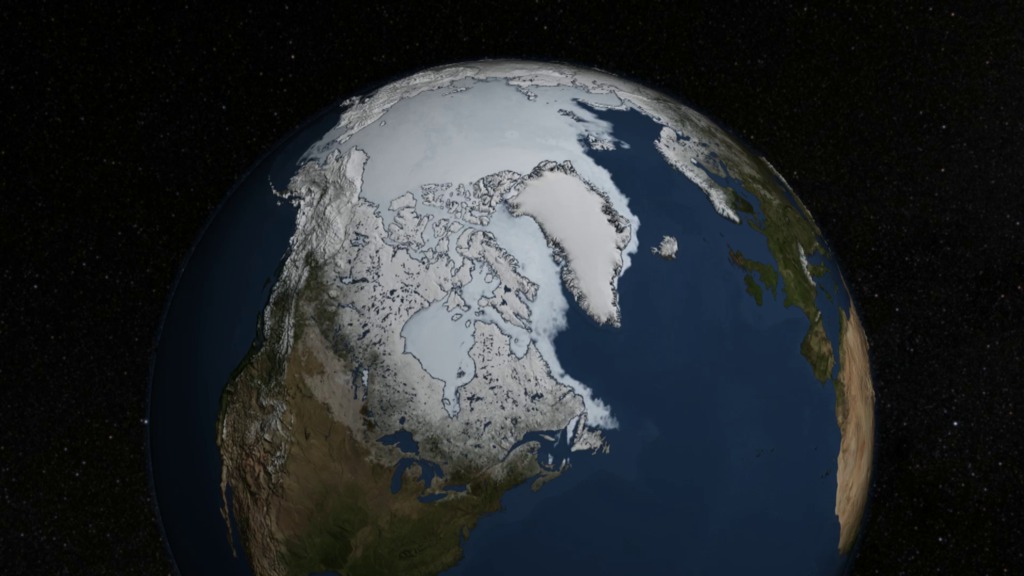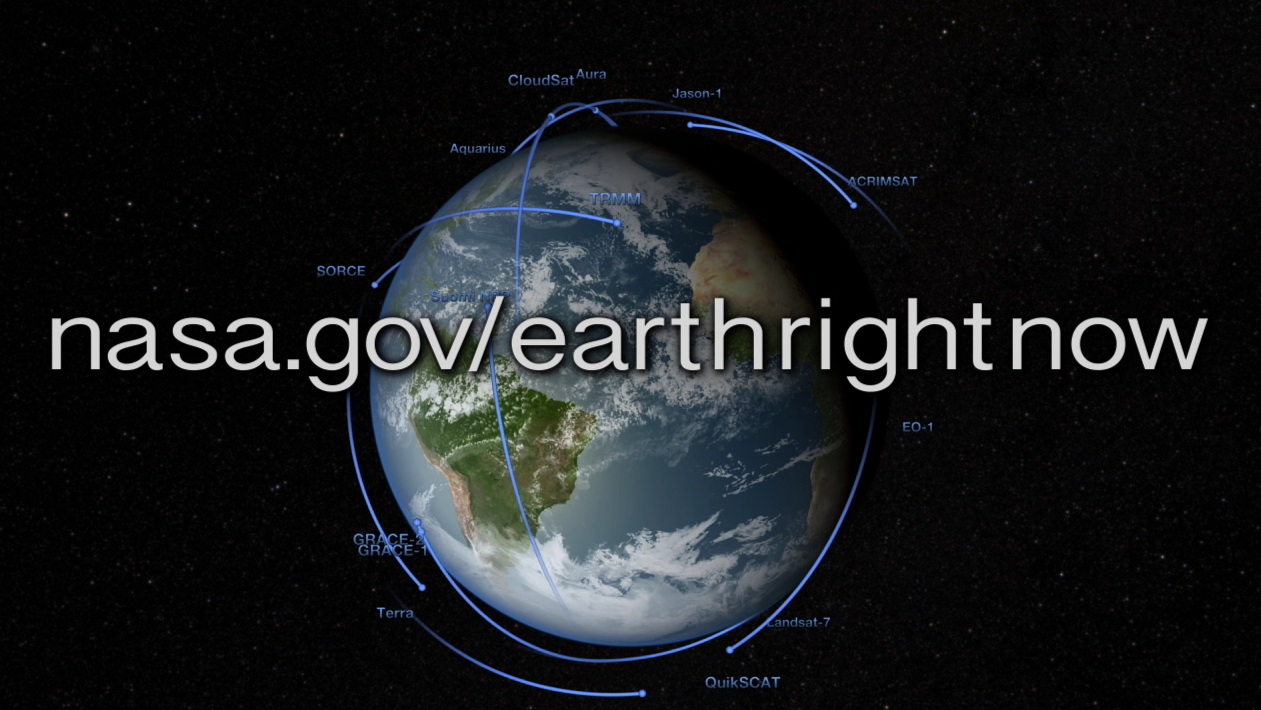Ice Albedo - Global View
This is a conceptual animation showing how polar ice reflects light from the sun. As this ice begins to melt, less sunlight gets reflected into space. It is instead absorbed into the oceans and land, raising the overall temperature, and fueling further melting.
This is the high definition version of the Ice Albedo-Global animation MPEG.

This is a high resolution print still that illustrates the least warming condition.

This is a high resolution print still that illustrates a greater warming condition.

This is a high resolution print still that illustrates the greatest warming condition.
Credits
Please give credit for this item to:
NASA/Goddard Space Flight Center Conceptual Image Lab
-
Animators
- Susan Twardy (HTSI)
- Cindy Starr (Global Science and Technology, Inc.)
-
Scientists
- Claire Parkinson (NASA/GSFC)
- Waleed Abdalati (NASA/GSFC)
- Reto Stockli (NASA/GSFC)
-
Writers
- Michael Starobin (HTSI)
- Sarah DeWitt (NASA/GSFC)
Release date
This page was originally published on Friday, December 12, 2003.
This page was last updated on Thursday, October 10, 2024 at 12:17 AM EDT.
Missions
This page is related to the following missions:Datasets used
-
Blue Marble Land Cover [Terra and Aqua: MODIS]
ID: 510Credit: The Blue Marble data is courtesy of Reto Stockli (NASA/GSFC).
See all pages that use this dataset
Note: While we identify the data sets used on this page, we do not store any further details, nor the data sets themselves on our site.



